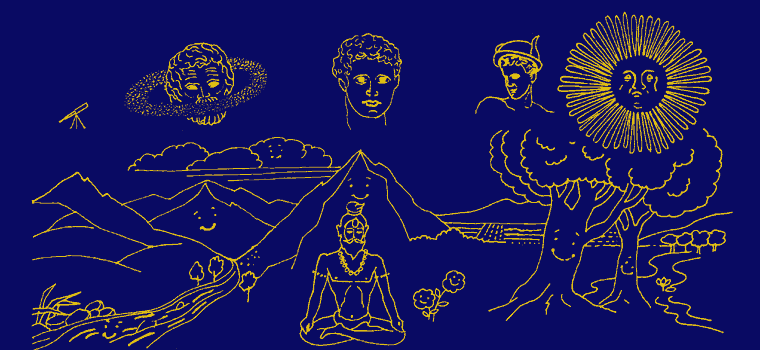The Spirits of Heaven and Earth
lexapro and weed safe
lexapro
vs weed
venlafaxine alcohol hangover
venlafaxine alcohol
craving This picture of an animistic world is like a vision of childhood, or the lost innocence of fairy tales such authors as JRR Tolkien and the great Christian theologian, CS Lewis, have recreated so wonderfully for us in Lord of the Rings and the Narnia series. (They were, unsurprisingly, good friends at Oxford.)
Astrology agrees with the sophisticated sages of the Hindu Upanishads, dating from about 800 BC. The Upanishads proclaim the Spirit of God, Brahman, within all Creation. The spirits of the planets are merely bigger than the rest, more powerful. The yogi senses all this within his own spirit, inner awareness.
The planets pictured are, l-r, Saturn, Mars, Mercury and old Sol. The telescope suggests the possibility a sophisticated technology existed in some extremely ancient civilisation. The Space Shuttle suggests the boys at NASA seem to favour the idea of Atlantis, also favoured by Plato. If our civilization disappeared in some cataclysm, there would be little trace left in 20,000 years time. Especially if it ended under the sea.
As far as they are credible themselves, both these theories offer a credible explanation for the great question hanging over the Tree of Life as an ancient astrological model : the three outermost planets, Uranus, Neptune and Pluto, were unknown in ancient times according to current historical knowledge so their places on the Tree from ancient times is in doubt.
The fact these three were recognised as major gods in the pantheons of Greece and Rome rather gives the lie to this surmise. We should not be put off by the fact Neptune was recognised as the god of the oceans, Uranus of the heavens, Pluto of the Underworld. These fit precisely with their astrological characters and all the Greek and Roman gods were associated with their earthly fields of influence.
History can only deal with exoteric, written material, records and we are dealing with a field, religion, which is known to have been an esoteric, oral tradition, conveyed only to initiates by word of mouth. We have essentially no records from within these religious traditions, only from outside commentators.
It is extraordinary to recognise conventional history does not even recognise the Greek and Roman pantheons as astrological, planetary gods because the historical evidence is not there, even though Plato clearly recognises the planets as divine spirits and honours the recognised pantheon of Greek gods.
Meanwhile numerous serious astrologers today and throughout the ages have successfully based their understanding and interpretations of the influence of the planets on the portraits of these gods. Naturally this has involved an integral process of empirical confirmation, seeing these characteristics in operation in countless horoscopes.
Pluto is by far the smallest of these three and, most of the time, the farthest distant. Yet astrologers can confirm his influence on a chart can be overwhelming, especially in conjunction with other planets. Physically Pluto is so small and distant, even his discovery by modern science in 1930 with the most sophisticated equipment was largely a matter of chance, accordinding to his discoverer, Clyde Tombaugh. This tends to favour the psychic explanation.
The most significant evidence is the simplest : not only the recognition of these three outer planets as gods in blatantly astrological pantheons but the fact their Sephiroth on the Tree of Life so strongly fit their astrological characters. This essentially presses the obvious conclusion : if we cannot be certain how these planets were known in ancient times, the implicit evidence insists they were. We should not expect our young and uncertain study of ancient history to have all the answers, especially in the fields of astrology and religion which carry so much conventional prejudice and misunderstanding.
These notes will be expanded.


